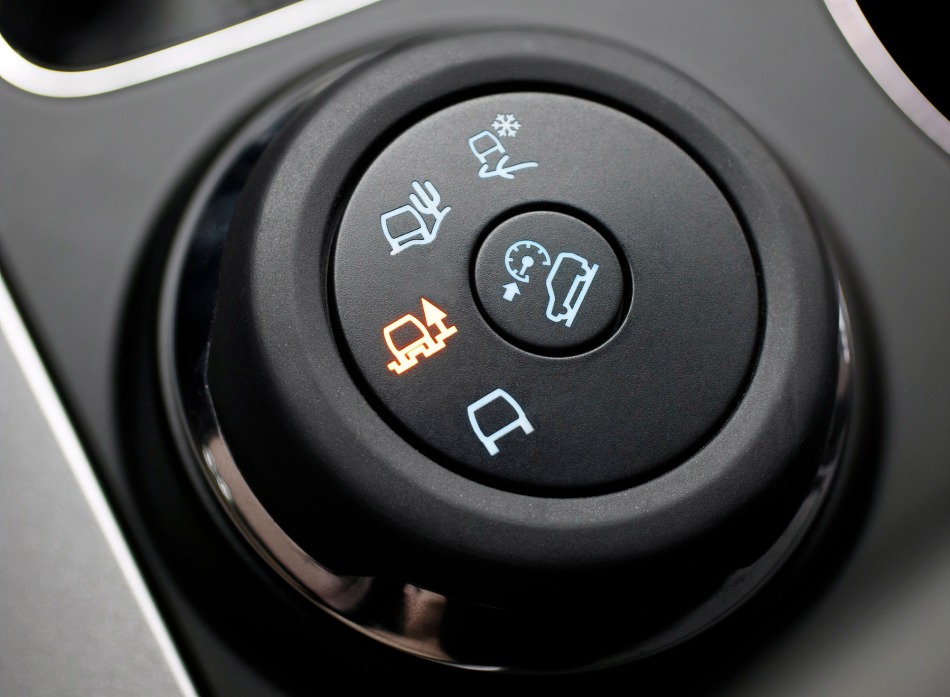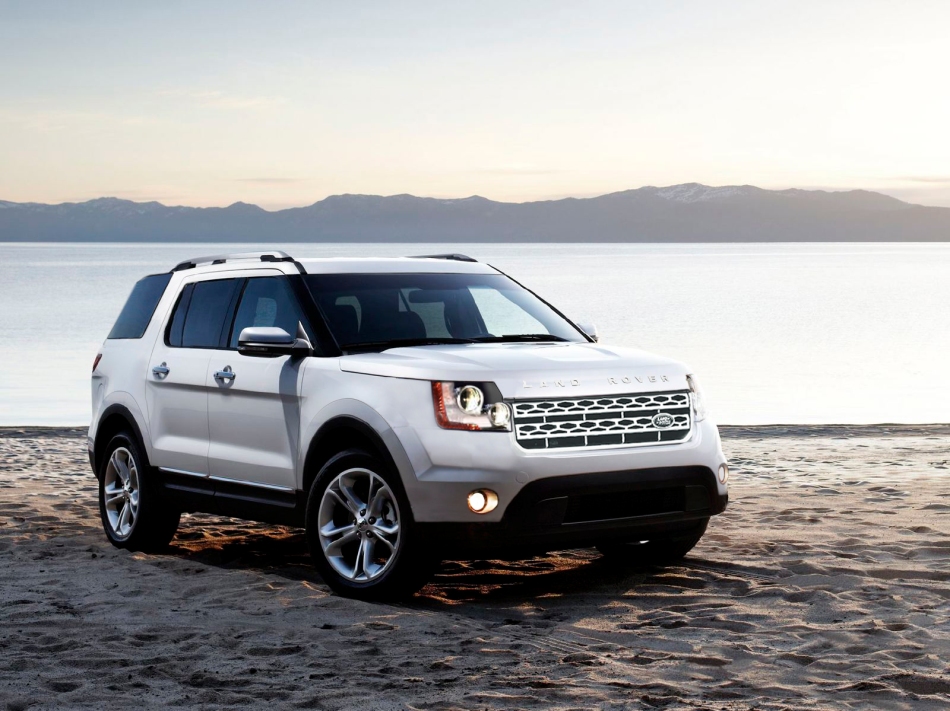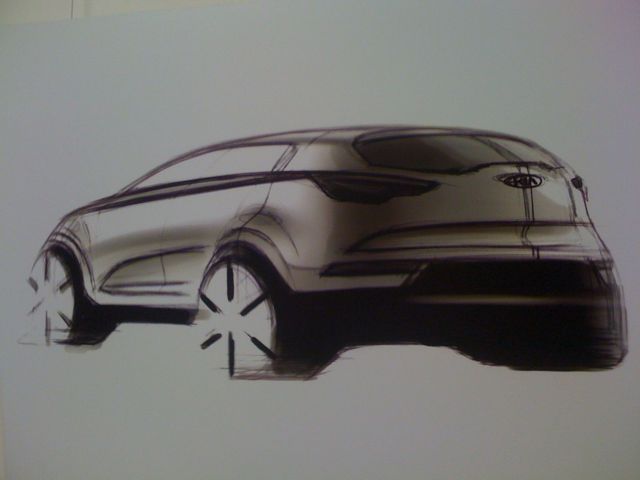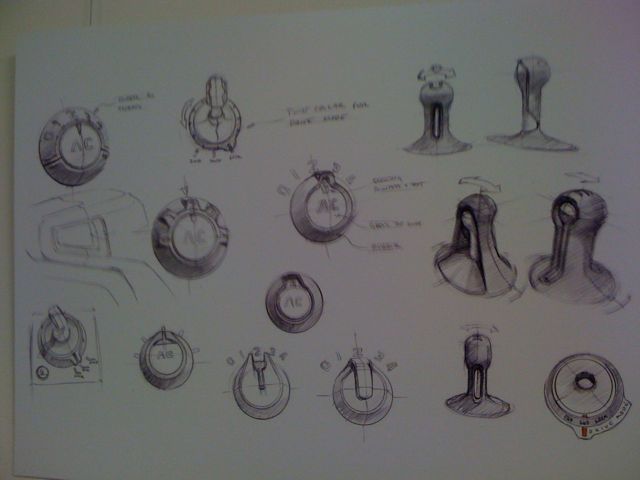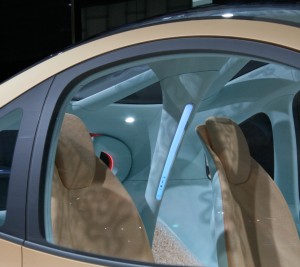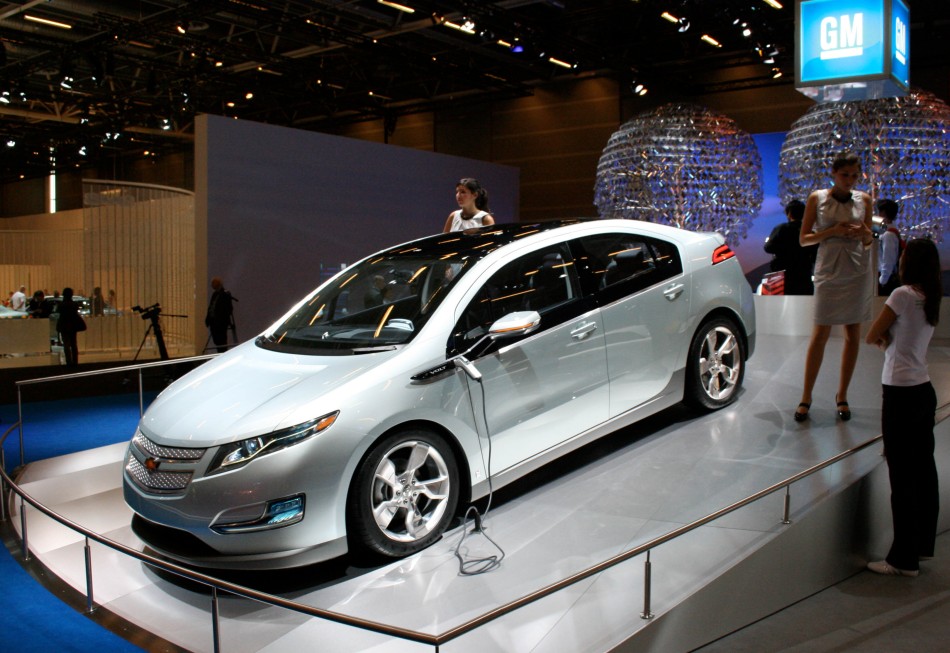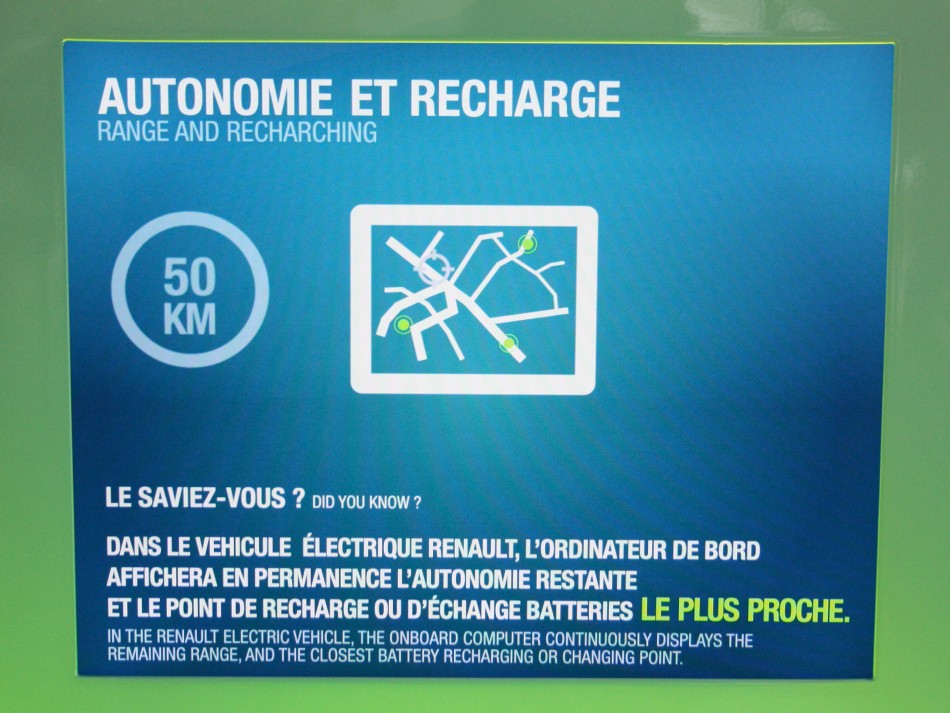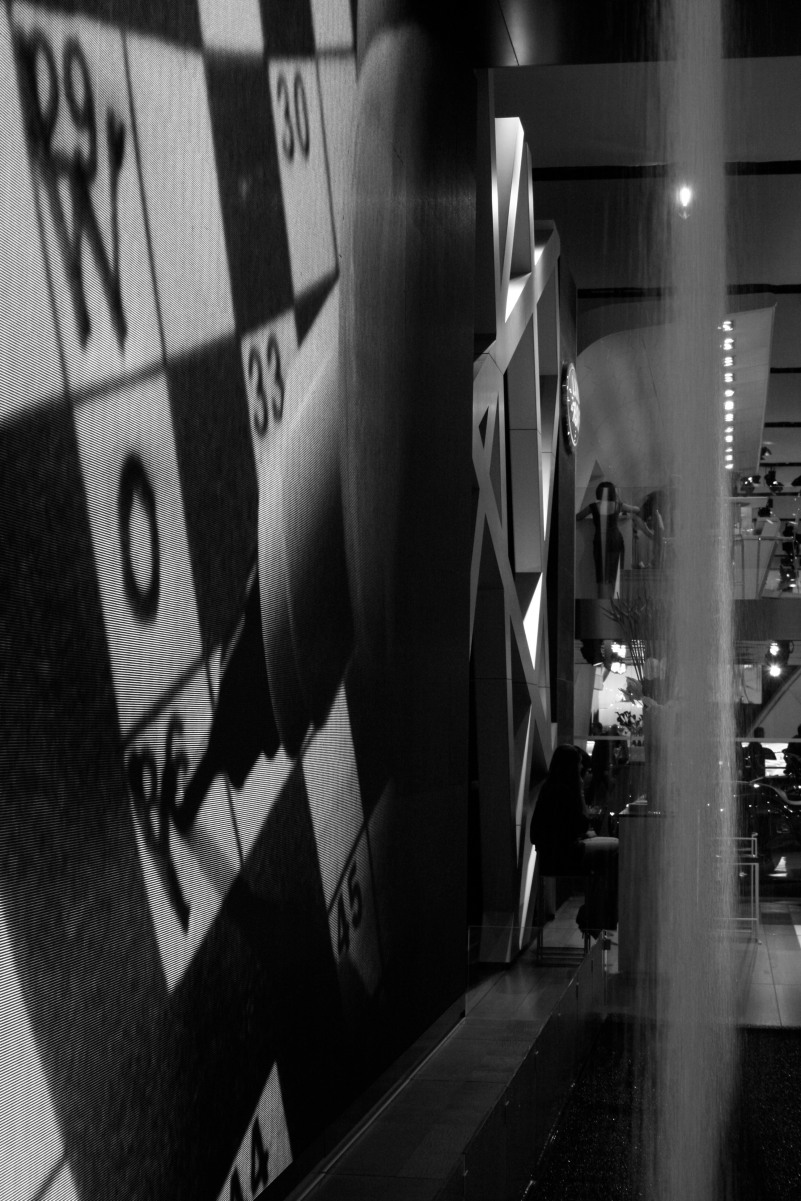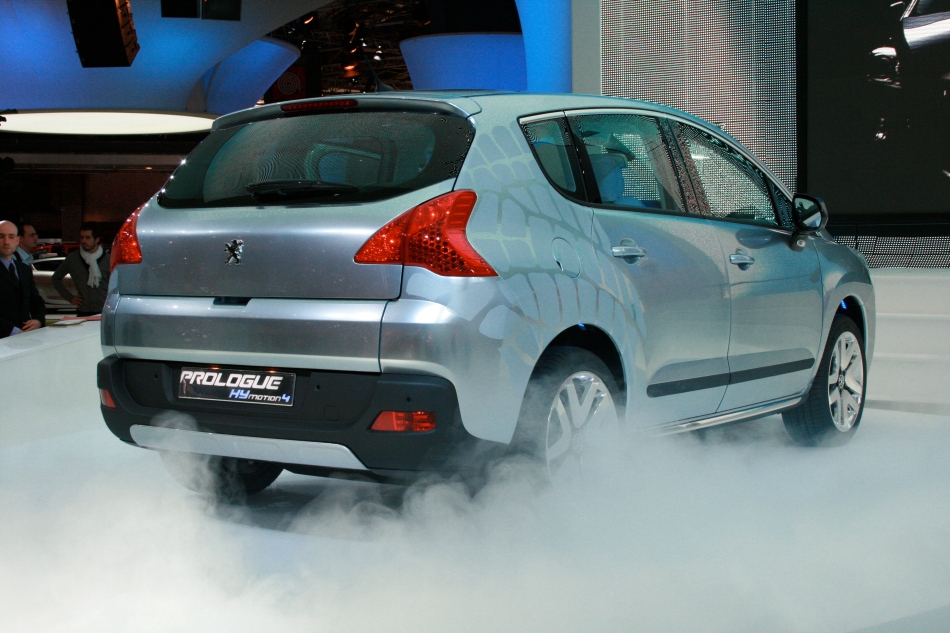
Conservative Party leader – David Cameron
Last week’s fringe event at the Conservative Party conference in Birmingham gave us a potential glimpse of the future. The Conservatives – or ‘Tories’ are being touted by some as a shoe-in to form the next Government, so “What next for Urban Transport” was a real opportunity for the new ‘listening’ Conservatives to articulate their ideas on a policy area that currently leaves a lot to be desired.
While issues like Heathrow’s third runway, a high-speed train link between northern England and London, and whether road-user charging should get the go ahead all deserve attention, dishearteningly, no one here seemed intent to move the arguments forward on any of these subjects, and – as might be expected with politicians – there was little ‘out of the box’, future-positive thinking.
The Shadow Transport Secretary, Theresa Villiers, had earlier provided a jump-start for the event by announcing the Conservatives would scrap plans for a third runway at Heathrow if elected, and instead build a high-speed rail link. On the panel, David Frost – Director General of the British Chamber of Commerce, warned that this approach risked de-throning London as the Business capital of Europe. But Steven Norris (of Transport for London and LDA) rejected this out of hand – citing that of 400,000 air-traffic movements a year at Heathrow, around a quarter were connected with British and European short-haul flights, which could be displaced onto rail.

What next for London Heathrow? The Conservative Party don’t want to see more runways built.
However, no one appeared to have studied what was actually the best, cleanest way of getting from (for instance) London to Manchester. James Governor reported via Twitter, that he’d recently met skepticism on the idea that rail was necessarily lower carbon than cars or planes. Yet when I put this idea to the panel it seemed to completely stump them.
Surely, I suggested, by way of a prompt, what the issue highlighted is that long-lead time, ‘grand projets’ risk becoming irrelevant as they are overtaken by fast-changing technologies and lifestyle patterns. The high-speed rail link was talked of in a timescale of 2015-2027, thus raising the possibility of serious improvements in aircraft efficiency, and the real chance that by the time it’s finished we might all be driving electric cars, charged off a (clean) electricity grid.
Robert Goodwill (shadow roads minister) was unmoved by this, advocating we “let technological changes play out over time and then let the public decide which is best”. Unfortunately, in the context of transport, this approach sounds rather like car companies who for years have told us ‘we’ll build new types of vehicles, such as electric cars, when our customers tell us that they want them’. This hasn’t exactly got the auto industry into a brilliant position, and as an argument, has two key flaws. Firstly, the people who use a product or service (car, train, airport) have little way of feeding back what is good and bad, and inputting into the design process. Secondly, they tend to not actually be very good at articulating a clear, ambitious vision of the future. As Henry Ford famously said upon unveiling the Model T Ford, “if I’d have asked people what they wanted, they’d have said ‘faster horses'”.
It was therefore left to old hand Steve Norris – rather than any of the ‘new’ Conservatives, to articulate some vision and foresight. At the end of the debate, he came up to me and said:
“You’re right of course – by 2027, we will all likely be driving electric cars. So the environmental stuff will be much less of an issue. What we therefore have to sort out is problems like congestion and parking. And the key to this will be to break the link between economic prosperity and rising traffic levels. To do that, we need to have a multi-pronged approach, and look much more at things like the way people work and commute – local ideas, not just big ones.”
It was a moment of clarity and sense in a bitty, turbulent debate all too similar to other ‘future transport’ events I’ve seen in the past couple of years. It illustrates how those hoping for radical improvements to Britain’s transport system under a new and different Government are likely to be disappointed. What’s clear is the danger we risk in looking to politicians, and the political process to provide great future visions. It was clear that few here were thinking really far into the future, about the real potential impact of technology on travel, or about new types of vehicles that would actually be more enjoyable, or quicker to move around cities in. Sadly, this isn’t in the nature of politicians in the current political process – illustrating all the more, why there is need for talented designers, and a better process by which designers, and the public can engage to create better, faster, more enjoyable transportation experiences.
Photo credits: David Cameron – Star-one on flickr, under creative commons license. Heathrow runway – Joseph Simpson.
 Of course, this is not to say that the new Explorer is a bad car. I’m just surprised by how much Land Rover DNA seems to have been injected into it, and how easily and credibly it could pass as a new Land Rover product. A bad thing? I suspect not. But what do you think?
Of course, this is not to say that the new Explorer is a bad car. I’m just surprised by how much Land Rover DNA seems to have been injected into it, and how easily and credibly it could pass as a new Land Rover product. A bad thing? I suspect not. But what do you think?

